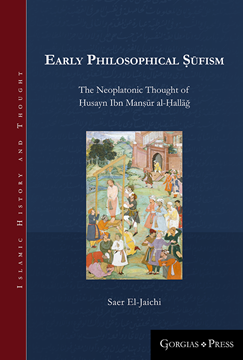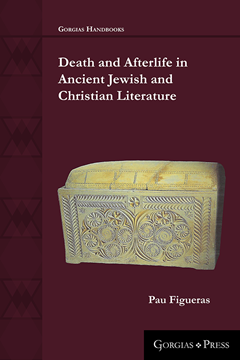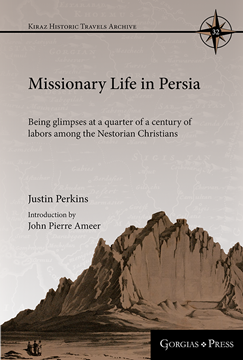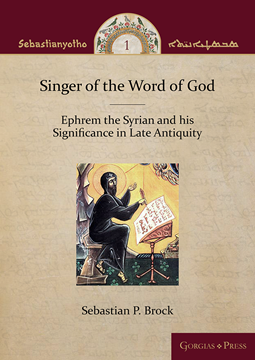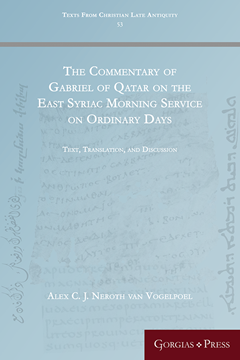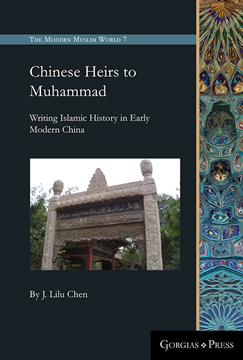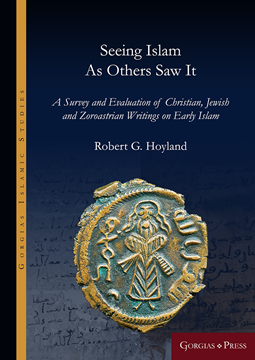"And from his side came blood and milk"
The Martyrdom of St Philotheus of Antioch in Coptic Egypt and Beyond
Series: Gorgias Eastern Christian Studies 52
ISBN: 978-1-4632-3916-9
This book examines the function and development of the cult of saints in Coptic Egypt, focusing primarily on the material provided by the texts forming the Coptic hagiographical tradition of the early Christian martyr Philotheus of Antioch, and more specifically, the Martyrdom of St Philotheus of Antioch (Pierpont Morgan M583). This Martyrdom is a reflection of a once flourishing cult which is attested in Egypt by rich textual and material evidence. This text enjoyed great popularity not only in Egypt, but also in other countries of the Christian East, since his dossier includes texts in Coptic, Georgian, Ethiopic, and Arabic.
$114.95 (USD) $68.97 (USD)
Early Philosophical Ṣūfism
The Neoplatonic Thought of Ḥusayn Ibn Manṣūr al-Ḥallāğ
Series: Islamic History and Thought 8
ISBN: 978-1-4632-3917-6
This study challenges the conventional image of the tenth-century Sufi mystic Al-Husayn Ibn Manṣūr al-Ḥallāğ (d. 929) as an anti-philosophical mystic. Unlike the predominantly theological or text-historical studies which constitute much of the scholarly literature on Ḥallāğ, this study is completely philosophical in nature, placing Ḥallāğ within the tradition of Graeco-Arabic philosophy and emphasizing, in a positive light, his continuity with the pagan Neoplatonism of Plotinus and Proclus.
$141.00 (USD) $84.60 (USD)
Petition and Performance in Ancient Rome
The Apologies of Justin Martyr
ISBN: 978-1-4632-3918-3
The system of petition and response was part and parcel of life in the Roman Empire. This book contextualizes Justin Martyr’s Apologies within this system of petition and response, arguing that Justin, in a fertile moment in the history of administrative practice, took a well-scripted form of imperial supplication and public display and boldly transformed it into a uniquely stylized statement of voiced injustice and Christian transparency. Using the heuristic of performance, this book not only compares the Apologies to extant petitions but draws attention to Justin’s strategies of elaboration and to the qualities of his work as a staged enactment within wider political, social, and literary contexts. The result is a reading of the Apologies as an opportunistic combination of petitionary, apologetic, and protreptic discourses by which Justin sought to address both his procedural objections to Christian trials and the popular and philosophical prejudices of his learned contemporaries.
$114.95 (USD) $68.97 (USD)
Death and Afterlife in Ancient Jewish and Christian Literature
By Pau Figueras
Series: Gorgias Handbooks 41
ISBN: 978-1-4632-3919-0
This handbook explores beliefs of ancient Jews and Christians surrounding death and the afterlife through the lens of texts ranging from the Old Testament and New Testament, to Second Temple period and rabbinic literature, to early Christian writings. Figueras further brings together eschatological texts from Iran, Egypt, Greece, and Rome as comparanda, and provides context and bibliography to guide readers in their study of ancient Jewish and Christian views of death and the afterlife.
$78.65 (USD) $47.19 (USD)
Culture of Defeat
Submission in Written Sources and the Archaeological Record. Proceedings of a Joint Seminar of the Hebrew University of Jerusalem and the University of Vienna, October 2017
Edited by Katharina Streit & Marianne Grohmann
Series: Gorgias Studies in the Ancient Near East 16
ISBN: 978-1-4632-3920-6
Culture of Defeat is based on a 2017 conference focusing on the impact on, and responses by, the defeated parties in conflicts in the ancient Near East. Shifting the focus of analysis from the conqueror to the vanquished, the (re-)examination of written sources and the archaeological record sheds new light on the consequences and reactions after often traumatic defeats and allows to gain a more nuanced and complete picture of such events.
$114.95 (USD) $68.97 (USD)
Missionary Life in Persia
Being glimpses at a quarter of a century of labors among the Nestorian Christians
By Justin Perkins; Introduction by John Pierre Ameer
Series: Kiraz Historic Travels Archive 32
ISBN: 978-1-4632-3921-3
An account by the American missionary, Justin Perkins, of his years living among the Christians of Persia, with a new Introduction by John Ameer, setting the activities and experiences of the American missionaries in Persia in their historical context.
$78.65 (USD) $47.19 (USD)
Singer of the Word of God
Ephrem the Syrian and his Significance in Late Antiquity
Series: Sebastianyotho 1
ISBN: 978-1-4632-3922-0
As the first volume of the Sebastianyotho series, this book collects Sebastian P. Brock’s articles related to Ephrem the Syrian.
$179.00 (USD) $107.40 (USD)
The Commentary of Gabriel of Qatar on the East Syriac Morning Service on Ordinary Days
Text, Translation, and Discussion
Series: Texts from Christian Late Antiquity 53
ISBN: 978-1-4632-3924-4
This volume provides a study and an original edition and translation from Syriac into English of Discourse Two of Gabriel of Qatar's liturgical commentary, written in the first half of the seventh century.
$96.80 (USD) $58.08 (USD)
Chinese Heirs to Muhammad
Writing Islamic History in Early Modern China
By J. Lilu Chen
Series: The Modern Muslim World 7
ISBN: 978-1-4632-3925-1
How was the past imagined by Hui Muslims in late nineteenth and early twentieth century China? Chen argues that this was a productive time for historical thought, bookended by the establishment of a robust Sino-Islamic knowledge base by Liu Zhi on one end and Republican China on the other end. This book explores histories that unify vast stretches of time and place: from genesis to the modern era, from Arabia to China. Hui historians create narratives that transform China into an Islamic space and Islam into a Chinese religion.
$114.95 (USD) $68.97 (USD)
Seeing Islam as Others Saw It
A Survey and Evaluation of Christian, Jewish and Zoroastrian Writings on Early Islam
Series: Gorgias Islamic Studies 12
ISBN: 978-1-4632-3926-8
This seminal work continues to shape the thought of specialists studying the Late Antique crossroads at which Christian, Jewish, Zoroastrian, and Islamic histories met, by offering the field a new approach to the vexing question of how to write the early history of Islam. The new edition of the study produces the original text with the addition of a substantial forward in which Hoyland discusses how the field has developed over the two decades that proceeded the book’s first publication. Hoyland also shares some personal reflections on how his thinking has since developed and the potential impact of this on the findings of the original study. The book also includes new appendices that detail the later publications of the author.
$114.95 (USD) $68.97 (USD)

